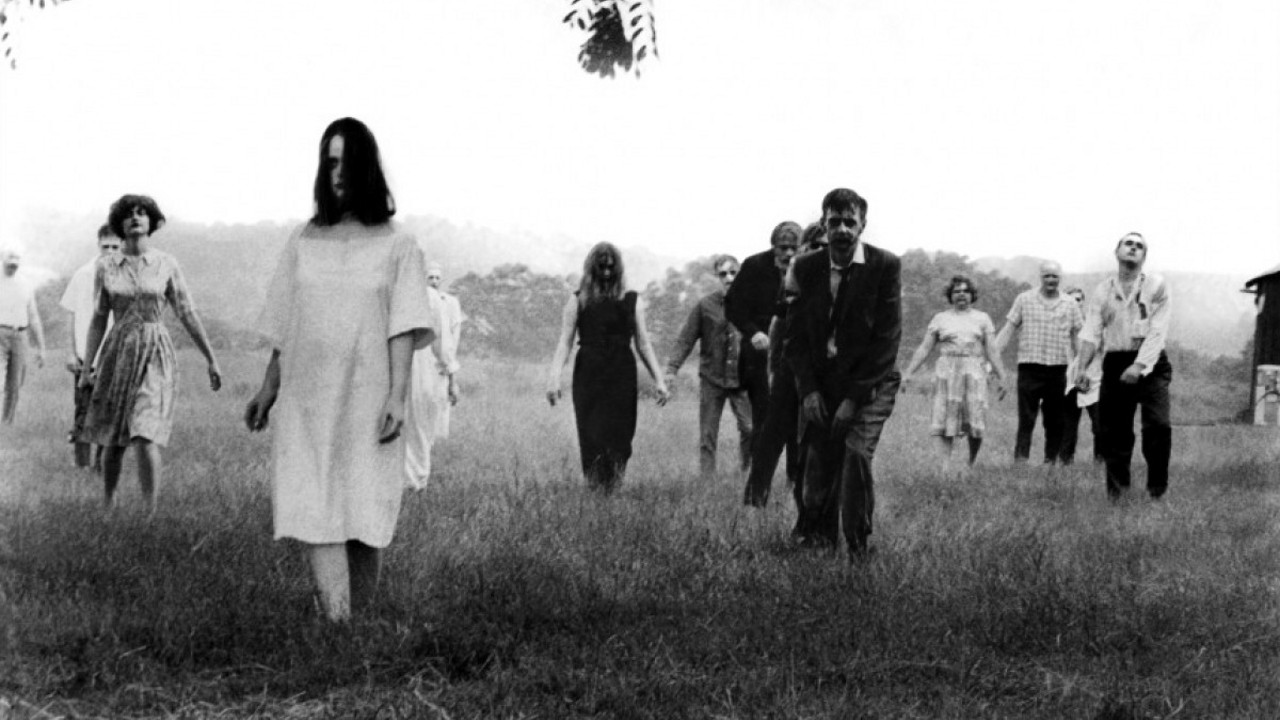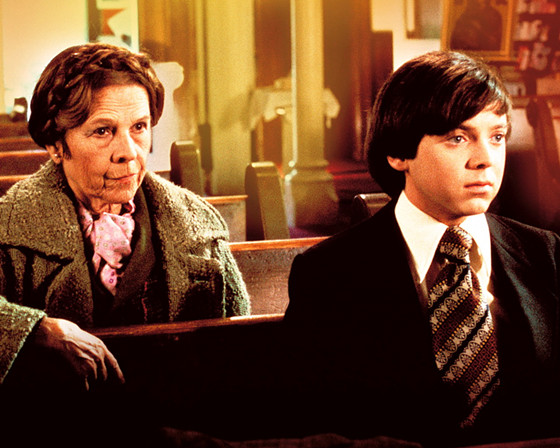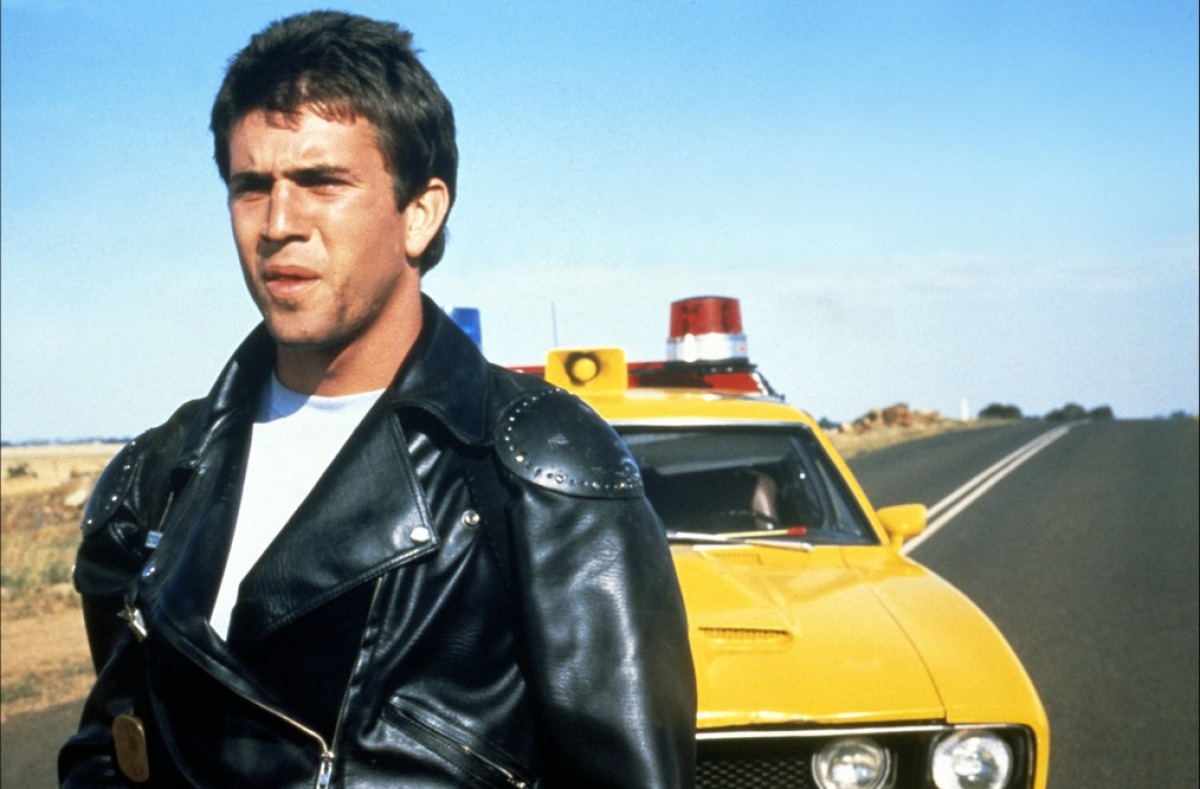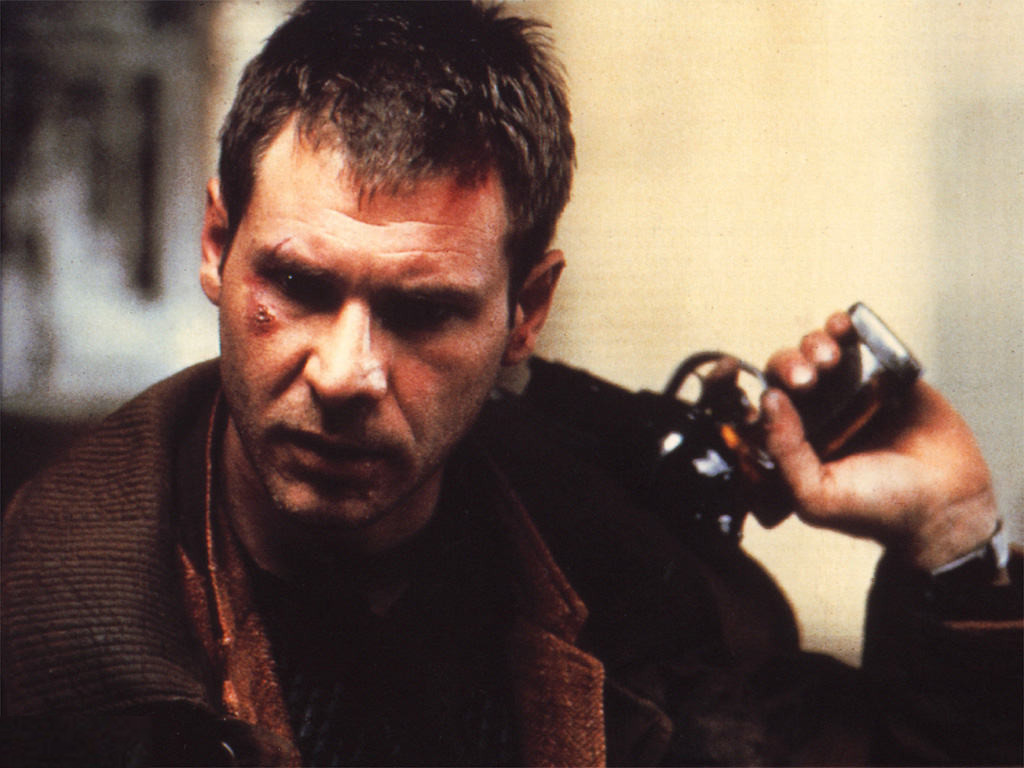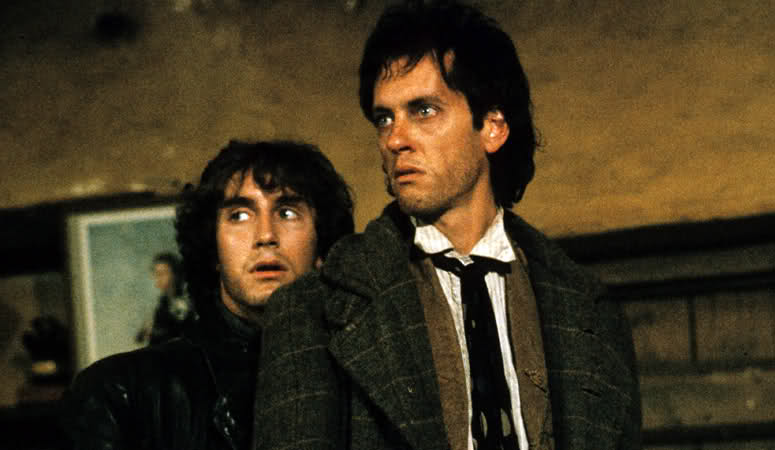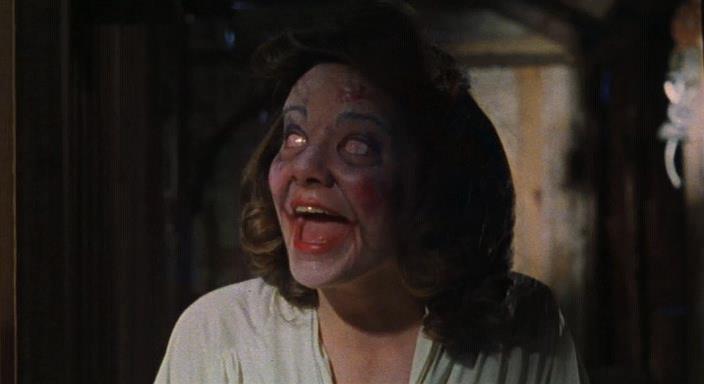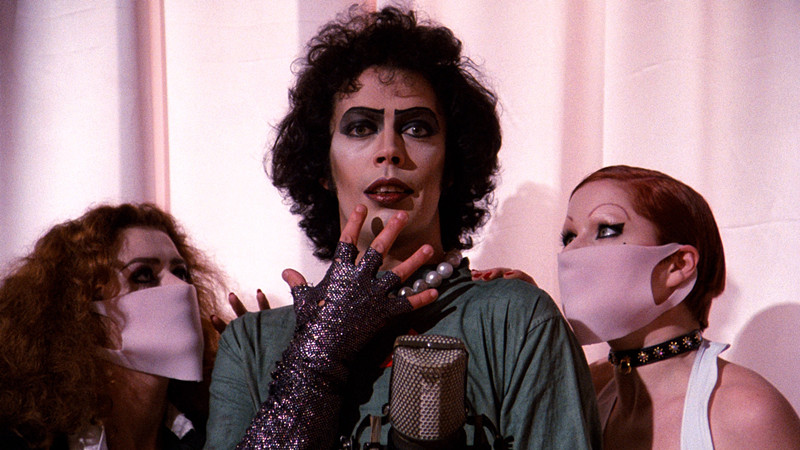8. Night of the Living Dead (1968)
The late 1960s became an era of disillusionment, and unrest, allowing for George Romero to tap into the zeitgeist with his landmark horror film and zombie sub-genre jump-starter, Night of the Living Dead. Romero boldly cast a black hero in the lead, Ben (Duane Jones), all matter-of-fact, he takes on the undead along with a small group of randoms, holed up in a farmhouse.
As a Doomsday scenario unfolds beyond their boarded-up windows the audience gets rattled by documentary-style footage of rural rednecks in ad-hoc death squads, gunning down zombies. This pragmatic presentation offered a startling reflection of actual newsreel footage of the Vietnam war, student protests, and race riots, still fresh in the fevered American psyche.
The nihilistic heart of the film, which would bring forth five sequels, remakes, and umpteen imitators, established Romero as a major figure in horror.“They’re coming to get you, Barbara,” teases the first of many victims, heedless that “they” would get us all.
7. Harold and Maude (1971)
Even by modern measures, Hal Ashby’s heartfelt Harold and Maude is a taboo smashing work of bravado and black humor. Bud Cort’s cherub-like appearance and otherworldly gaze as Harold Chasen, a death-obsessed young man in his twenties, is no small revelation, but Ruth Gordon, as the eccentric 79-year-old Maude Chardin, is a free-spirited tour de force.Absurd and offbeat, the love story that develops between them is melancholic, profound, and red button risqué all the way.
Initially a box-office bomb that got mixed reactions from critics, reassessment over the years has rightly established it as an underground phenomenon—Cat Stevens memorable score also helped authenticate the cult—and one that has, like Maude herself, overcome contempt and aged remarkably well.
6. Mad Max (1979)
The most rebellious of road movies, George Miller’s 1979 dystopian dissertation, Mad Max, would come to epitomize Ozploitation; Australian genre cult films from the 70s and 80s. Polarizing critics with its violence and anarchic underpinnings, Mad Max, made an international star out of Mel Gibson, and the raging, and realistic action scenes resonated with certain audiences right away.
Miller would go on to a very successful directing career and revisit Mad Max for three more sequels (a fourth one seems inevitable), and the societal breakdown motif, in the later sequels to take a more post-apocalyptic slant, would prove roaringly popular.
5. Céline and Julie Go Boating (1974)
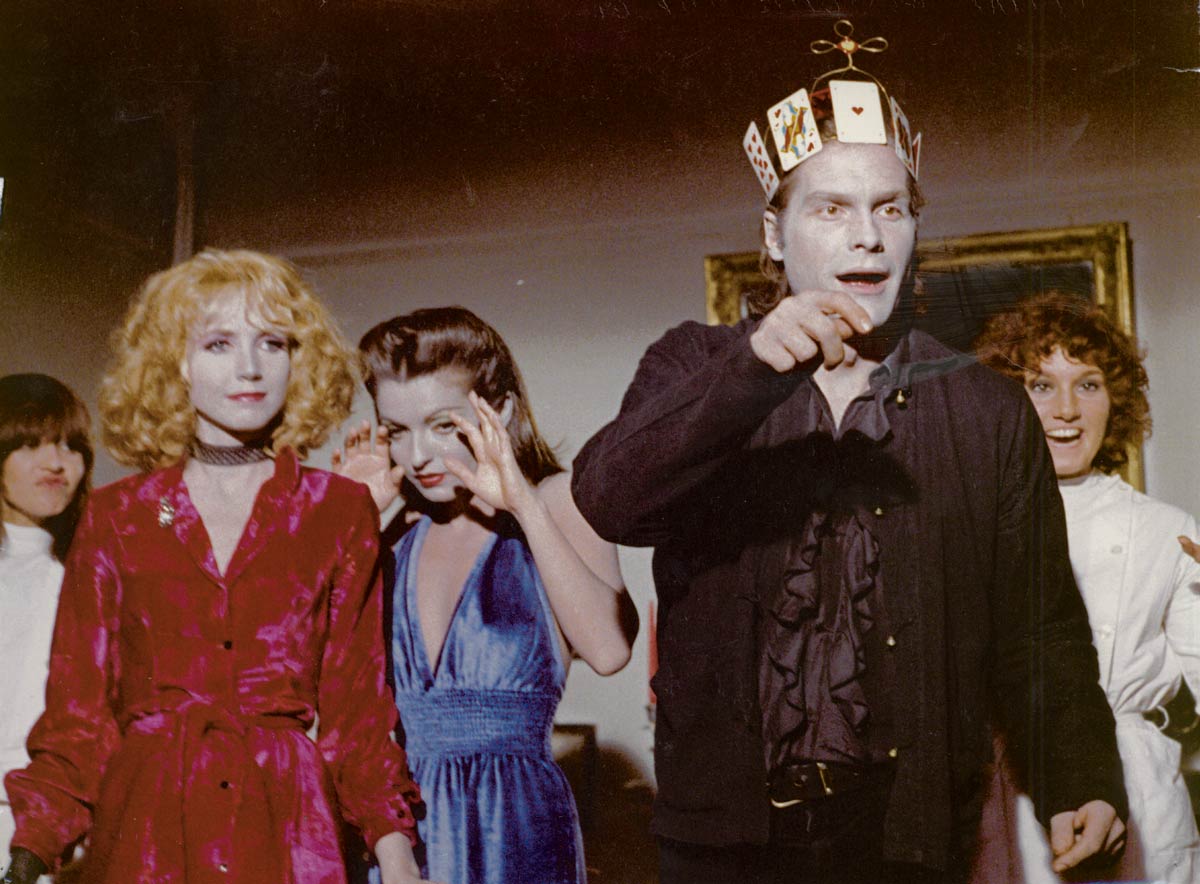
A central figures of the French New Wave, Jacques Rivette, created an eccentric anomaly with his 1974 headtrip, Céline and Julie Go Boating. It’s a wonderfully loopy bohemian fantasy, byzantine—it conjures the magical-realism of celebrated author Jorge Luis Borges—and with affections for creepy doppelgängers (it’s a must for fans of Lynch).
Céline (Juliet Berto), a cabaret illusionist, meets Julie (Dominique Labourier), a librarian and occult aficionado, and becomes fast friends, together getting swept up in a caper involving a mysterious mansion. With the aid of magical candy, the pair can see the ghost-like denizens of 7 bis, rue du Nadir-aux-Pommes, Paris, who continuously reenact a Proust-like Gothic soap that circles back on itself like a Möbius strip.
It has surreal echoes of Buñuel, the female intimacy of Rohmer, and recalls Alice in Wonderland, but is distinctly it’s own strange beast.A film that has to be seen to be believed, the very act of which crumbles the fourth wall in unexpected ways, Céline and Julie Go Boating merrilly makes the case that life is but a dream.
4. Blade Runner (1982)
Back in 1982, Blade Runner didn’t meet box office expectations, frustratingly making it a sleeper hit. Based on Philip K Dick’s 1968 novel Do Androids Dream of Electric Sheep?, it plays on his classic themes of paranoia, distrust of technology, and had his typically detailed dystopian setting.
Blade Runner soon amassed an academic cult status, with it’s articulate cosmology—jam-packed with literary allusions, philosophic and religious reinforcements—making it a postmodern film, skeptical by nature but rich in nuance.Starring Harrison Ford as Deckard, a retired cop on the trail of a group of replicants, dangerous bioengineered beings with a limited lifespan, led by Rutger Hauer, was a career high for both.
Interestingly, no definitive version of the film exists, with so many cuts in circulation fans adore the complexity and subtlety on display. The pastiche framework, an amalgam of horror, film noir and sci-fi, like its ruinous over-populated imagination of Los Angeles, is stunning.
3. Withnail & I (1987)
The archetypal British cult film, writer-director Bruce Robinson’s semi-autobiographical eulogy to unemployment and acquaintanceship, Withnail & I, is a tiny tour de force.
A mélange of quotable discourse (“We want the finest wines available to humanity, and we want them here, and we want them now!”), not to be forgotten characters (Richard E Grant’s Withnail is absolutely iconic, and Richard Griffiths’ Uncle Monty is divine and pitiably droll), coarse social commentary, and elegant farce, guarantee greatness.Set in a dog-eared Camden-Town flat at the ass-end of the 1960s, Withnail & I fixates on two actors on the dole, and their attempts to return to form.
Narrated by Marwood, played by Paul McGann, life is anything but biscuits and butter drips. Withnail, a lovable but self-destructive drunk, doesn’t so much buoy his friend, as hold him down. Taking an ill-starred holiday in the country ultimately alienates the pair, but not after many booze-soaked scenarios play out as self-discovery and desolation ooze in.
Numerous drinking games accompany the film, a witness to its prestige. Anyone who’s ever struggled, said goodbye to a friend, or gone on a regrettable drinking binge, can find familiarity with this wonderful, witty, and humanly relevant picture.
2. The Evil Dead (1981)
The ultimate cabin-in-the-woods film, famously touted by Stephen King to be “the most ferociously original horror film of the year” back in 1981, The Evil Dead made a massive mark on pop culture. Not only did it launch the career of director Sam Raimi, it made an icon out of Bruce Campbell, whose character, Ash, is a legend in horror movie lore.
The impressive and nauseating gore effects, as well as the frequently stunning camerawork belie the film’s incredibly small budget and troubled production. Raimi’s taste, or lack thereof, is often questionable; lots of plasma is sprayed in abundance from gashing, sucking wounds, vomitus bile, chainsaw dismemberment, and, of course, there’s the shocking tree rape sequence.
Though the controversy these sequences generated did much to build the reputation that was essential to the film’s success (and that of the subsequent sequels), there’s a slapstick and upbeat glee to the macabre spectacle, making for requisite cult viewing.
1. The Rocky Horror Picture Show (1975)
Jim Sharman’s gleeful direction, Richard O’Brien’s crucial songs, the willing and winning cast (Tim Curry may steal the show as Doctor Frank N. Furter, but was Susan Sarandon ever more stunning?) make for a monumental picture. The emblazoned satire in Rocky Horror doesn’t limit itself to the sci-fi genre alone, its wide orbit includes celebrity culture, Hollywood, sexual politics, the glam scene, rock operas, the counterculture, and more.
The story, which takes the backseat to the overall experience, involves two naive young lovers, Brad Majors (Barry Bostwick) and Janet Weiss (Sarandon), who, on a cold, rainy night, get a flat tire in the middle of nowhere, but near enough to a creepy old mansion. Insanity ensues. No discussion of the film is possible without giving props to its rabid fanbase. Fan participation elements garner as much, maybe more, mentions than the actual film.
People who’ve never seen it still know about the song and dance around the “Time Warp” as well as the transgender costumes and kitschy sci-fi aesthetics. Since it’s release, 40 years ago, The Rocky Horror Picture Show has been consistently running in repertory cinemas, particularly midnight screenings, all over the world, giving it the longest-running theatrical release in cinema history. Wow. “A mental mind fuck can be nice.” You said it, Frank N. Furter.
Author Bio: Shane Scott-Travis is a film critic, screenwriter, comic book author/illustrator and cineaste. Currently residing in Vancouver, Canada, Shane can often be found at the cinema, the dog park, or off in a corner someplace, paraphrasing Groucho Marx. Follow Shane on Twitter @ShaneScottravis.
